DEARBORN — Dearborn Public Schools (DPS) representatives met with the Arab American Political Action Committee (AAPAC) on Monday to present and discuss their proposal and seek endorsement for the upcoming BRICS bond placed on the November 5 ballot.
The public meeting, held at The Arab American News offices in Dearborn, included members of a committee organized against the bond.
AAPAC members met with both sides before deliberating and voting on whether or not to support the bond, which will generate $240 million in revenue for the school district to address what it says are critical infrastructure needs.
Shortly after what became a lively and energetic discussion, a majority of AAPAC members voted to endorse the bond. AAPAC is expected to release a full list of candidates and issues endorsed by the organization next week on its website.
Dr. Radwan Saad, a Dearborn dentist, gave preliminary comments on behalf of the opposition committee. He said his group opposed the bond in its current form and argued that DPS’s proposal lacked transparency, substance and solutions.
He also emphasized that his group was not opposed to investment in improving education for Dearborn students.
“As parents, we are demanding more accountability, transparency and real plans that will positively impact education,” he said. “This bond proposal falls short of meeting the needs of our kids and our teachers.”
Saad said the message about how the bond will affect property taxes had been misleading.
“(It masquerades) as a non-increase in taxes because of (previous) sun-setting bonds, when renewing a bond is essentially an increase in taxes no matter how you look at it,” he said.
He added that that DPS responded to inquiries about specific detail on how the bond revenue will be allocated by saying such details would be made available once the bond has passed.
DPS Superintendent Dr. Glenn Maleyko was joined by DPS Chief Financial Officer Thomas Wall, former Edsel Ford High School and O.L. Smith principal and current DPS consultant Hassane Jaafar and others who have publicly supported the bond.
He pointed out that information about how the money will be spent from the proposed bond was available on DPS’s BRICS Bond Blogsite. He also reiterated that information on how the district had spent previous bond money was available on the website as well.
“All the data in the school district is a matter of public record required by law,” he said. “It’s accessible and has to be. We have to follow state laws and that means anything the board of education approves is discussed in a public meeting. We are extremely transparent.”
Maleyko made his case by pointing to the size and capacity of the school district and its infrastructural and educational needs. He also pointed to previous bonds which AAPAC had endorsed that made district expansion, enhancement and technology updates possible.
AAPAC previously endorsed two major bonds, one in 2002 for $150 million and the other in 2013 for $76 million.
“I first put this (bond proposal) in the public realm in May of 2017,” he said. “I knew I would take some criticism. I’m fine with that because it’s the right thing to do for our students.”
A Citizen Infrastructure Task Force, comprised of dozens of members from the Dearborn community, recommended seeking voter approval for a bond after researching Dearborn Schools’ infrastructure needs last year.
The task force shot down ideas for 1 mill and half mill increases to the current rate.
Wall clarified that the district operated on various distinct budgets and that bond revenues could only be spent on infrastructure development and not on salaries and operations, as required by the state.
Bond projects are required to be put out to bid as long as bidders meet certain requirements under state law.
Understanding bonds and millage
Bonds are sold by districts, cities or municipalities to investors on the open market. If voters approve BRICS in November, they will allow DPS to sell bonds and then pay back investors who buy the bonds with interest.
Property taxes are levied to pay back these investors over a 20-year period. The rate at which the district collects this money from property owners is called the millage rate.
One mill equals $1 of tax for every $1,000 of taxable value for a property. Taxes are based on taxable value, which is half or less of market value for a property.
If a home has a taxable value of $50,000, meaning it has around $100,000 or more in market value, the owner would pay (4.82 multiplied by 50) $241 a year, or about $4.63 a week.
The District’s current debt millage rate is 4.82, and if voters approve the BRICS Bond in November, the millage rate will remain at 4.82.
Opponents of the bond are correct in arguing that letting previous bonds expire will decrease property taxes. The 2003 and 2013 bonds are set to be paid off in 2023 and 2033 respectively.
If the bond is not approved, DPS says the millage rate could drop to 3.8 in 2021-22, and then, when the 2003 bonds are paid off, is predicted to fall to 1.4 in 2022-23.







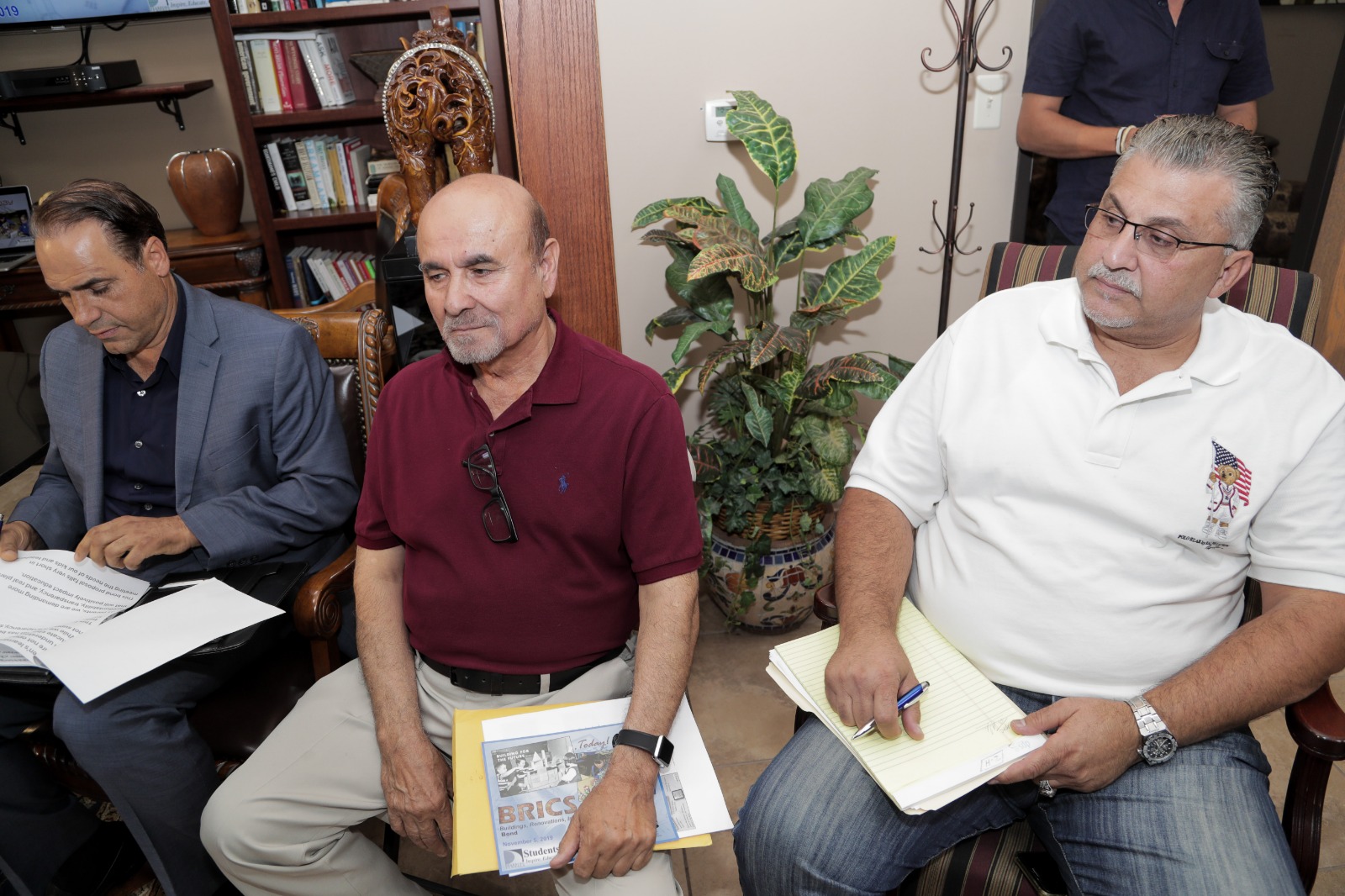
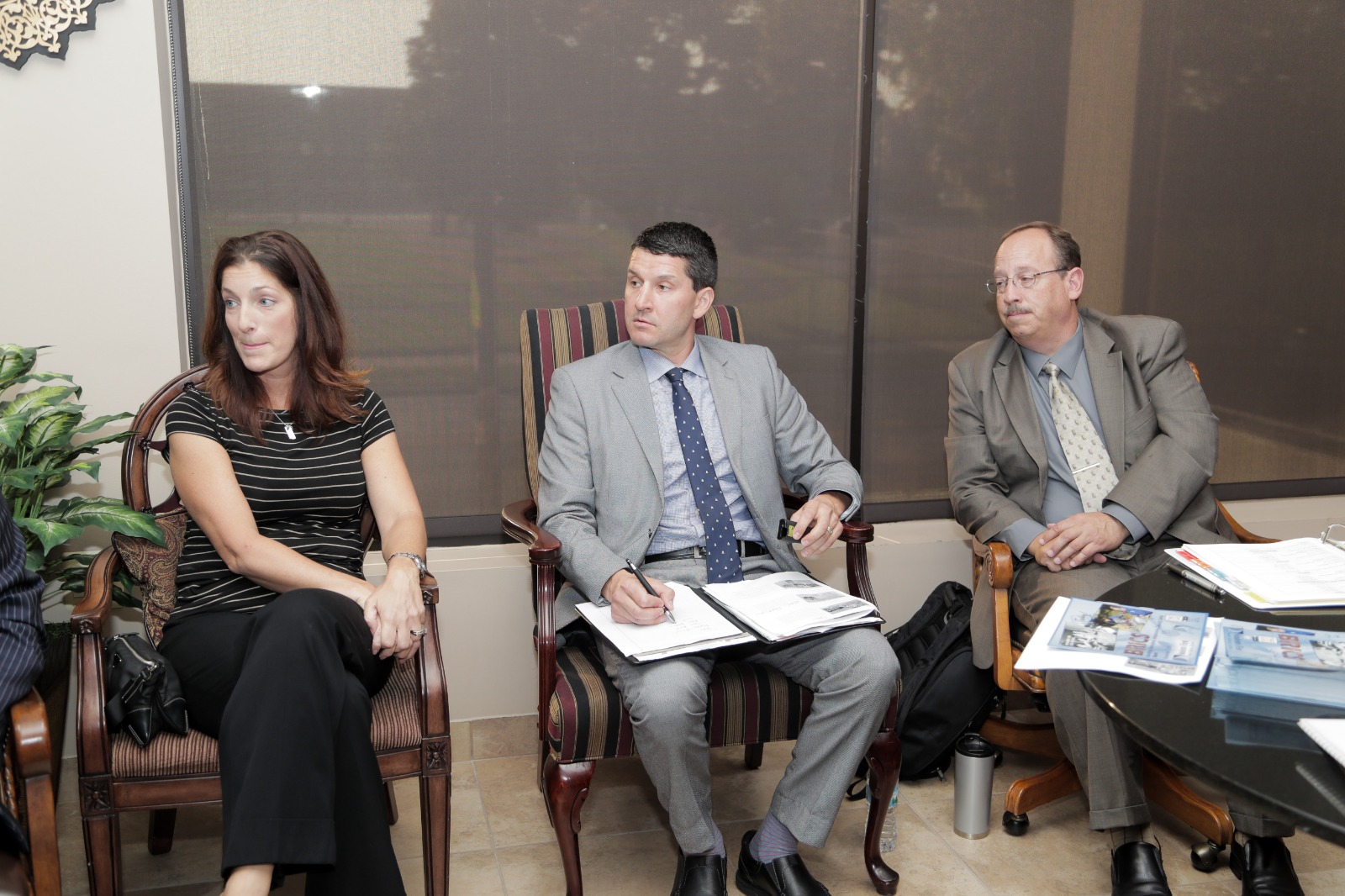

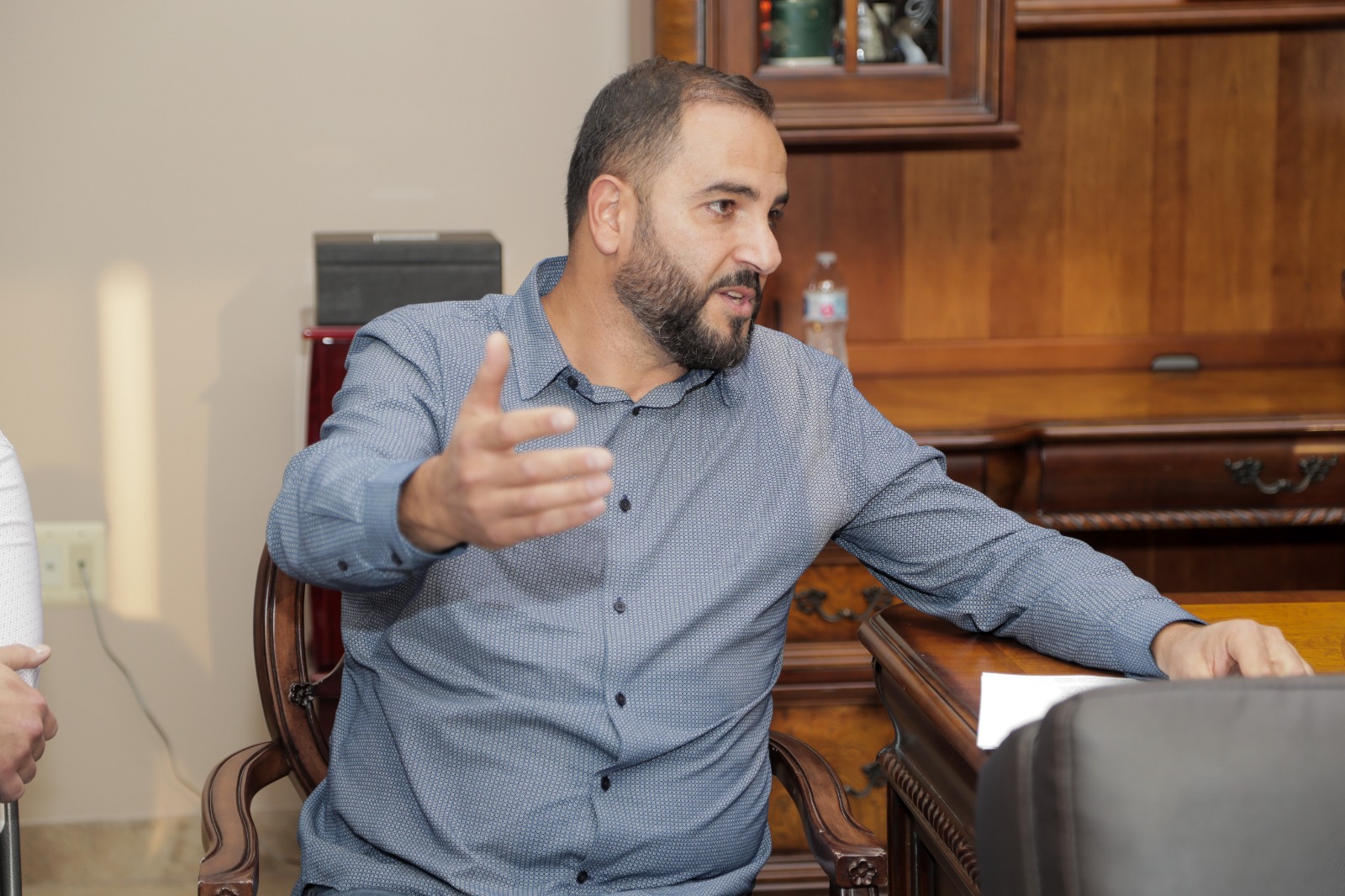


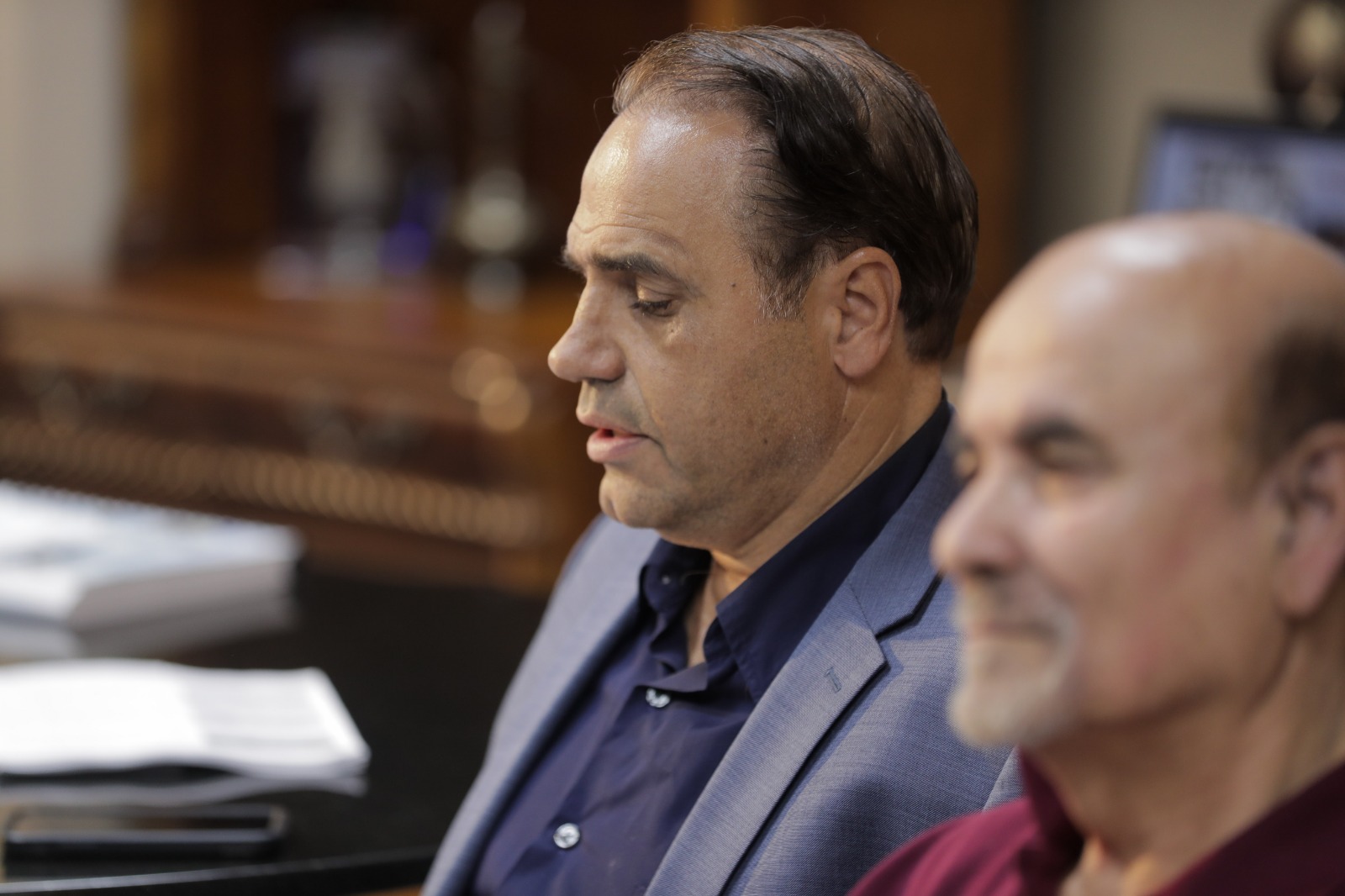
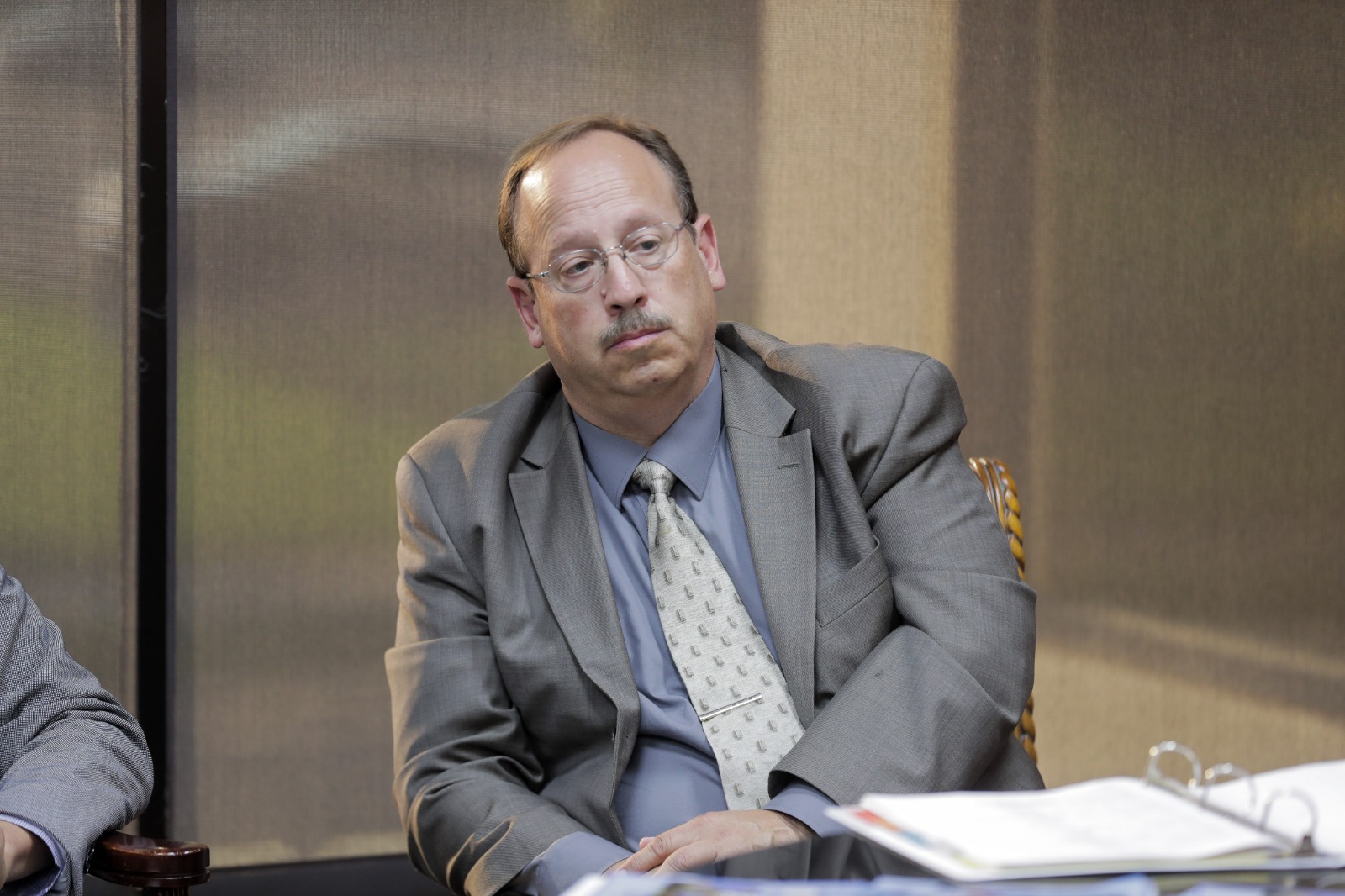



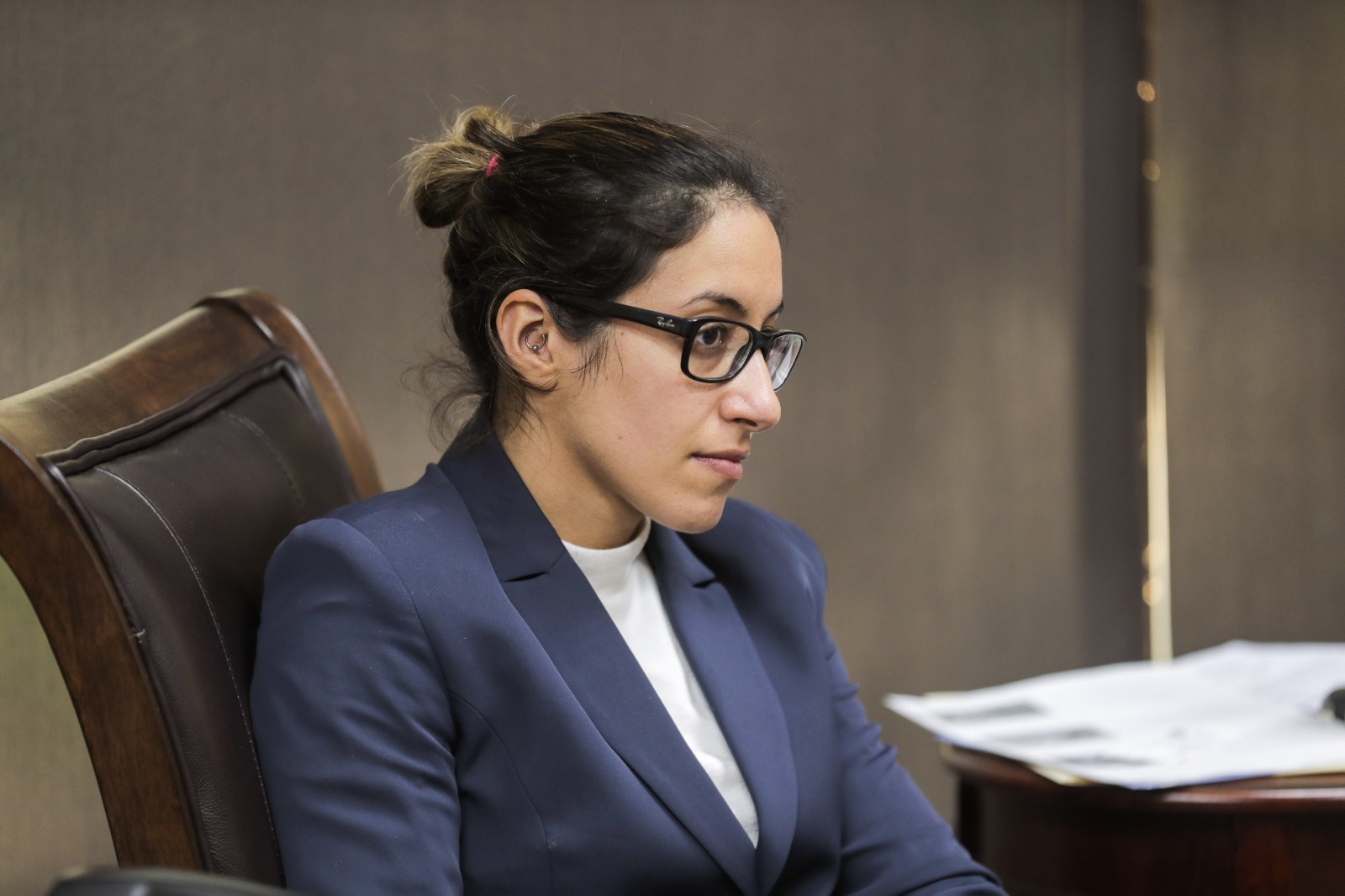




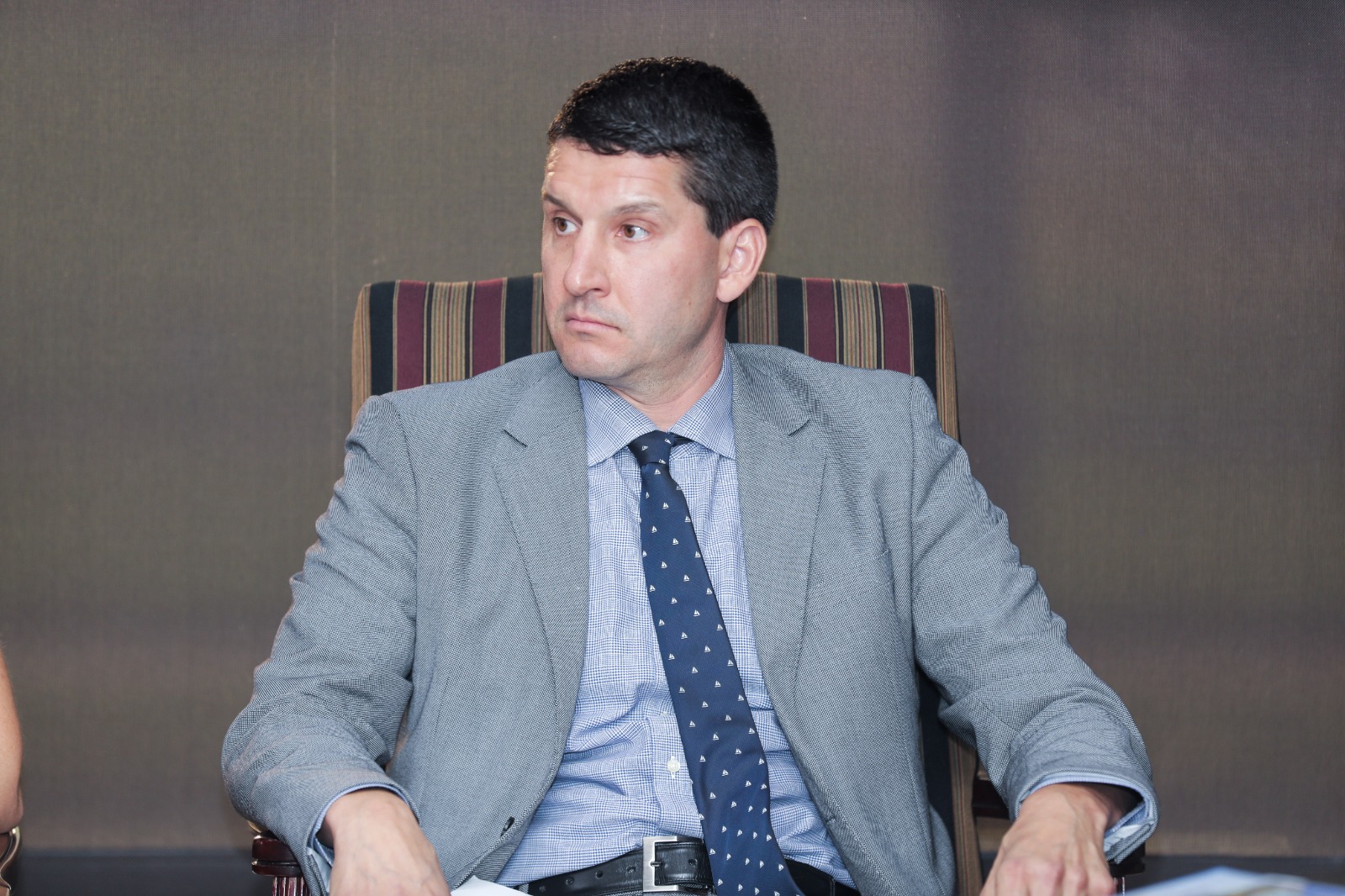


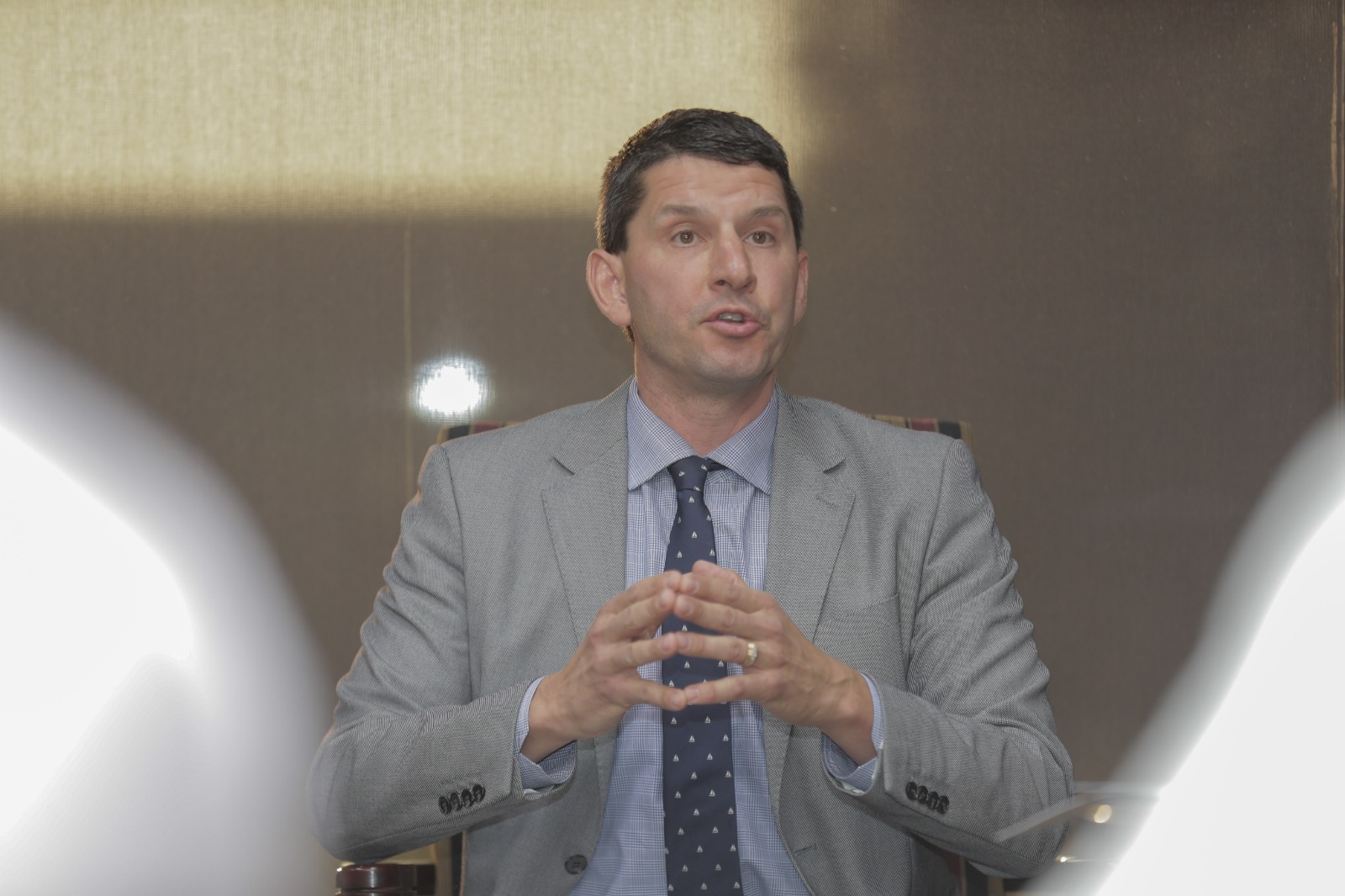
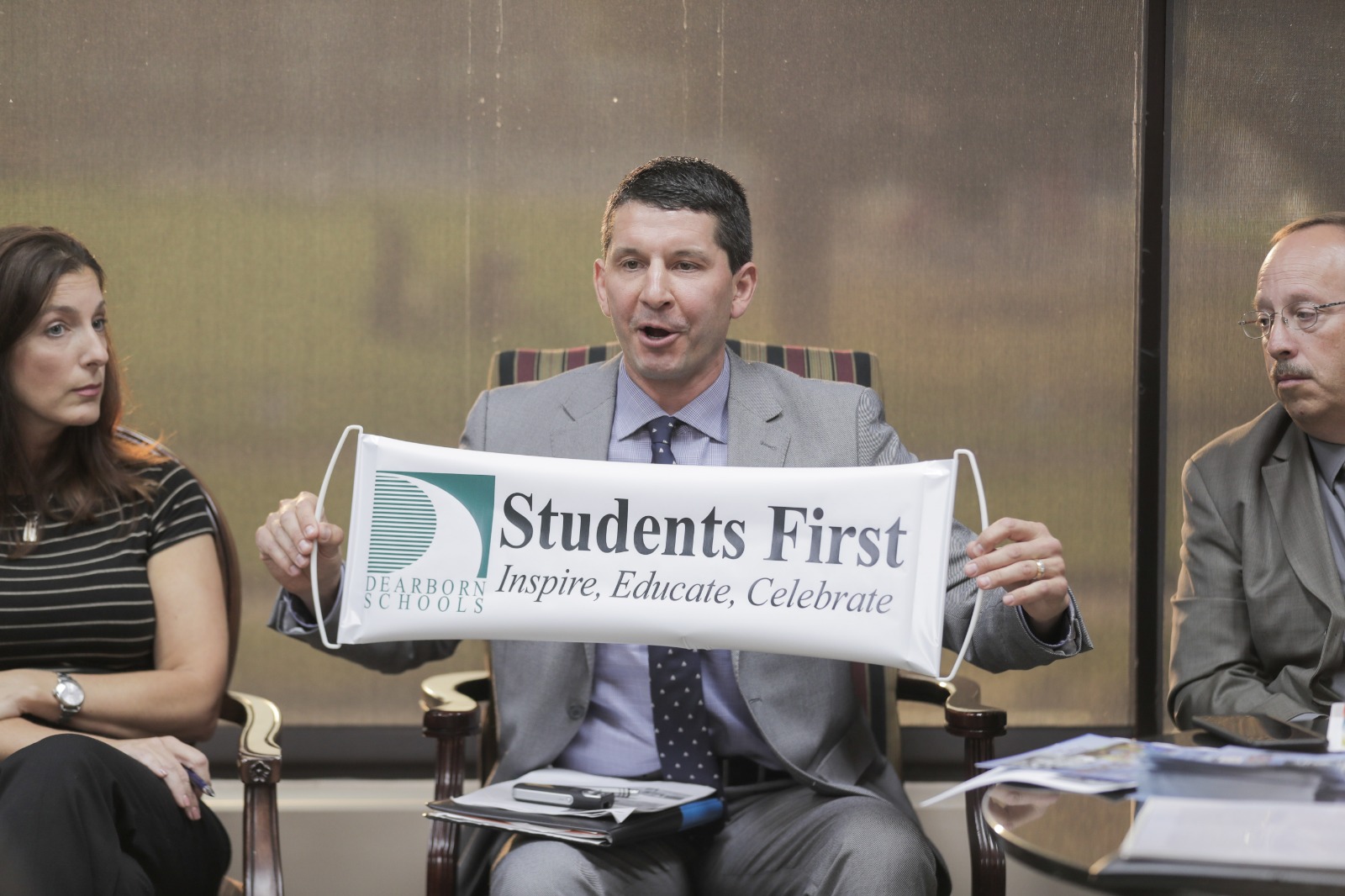



Leave a Reply